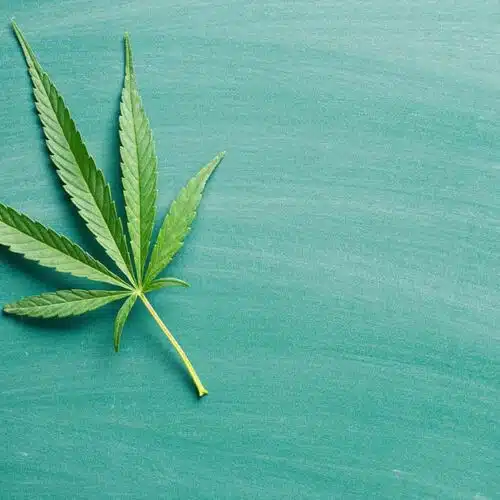Published in Medigardens
-
It was found that in hypothalamic magnocellular neurons, which are responsible for the production and release of oxytocin and vasopressin, there were significant numbers of cannabinoid receptors.
First some background: Most of the major hormones found in the body are regulated by and released from what is known as the hypothalamic-pituitary axis, involving two distinct but connected areas of the brain, the hypothalamus and pituitary gland. The hypothalamus is responsible for the production and release of hormones such as thyrotropin-releasing hormone, dopamine, growth hormone-releasing hormone, somatostatin, gonadotropin-releasing hormone, and corticotropin-releasing hormone. All of these hormones in turn act on the anterior pituitary gland causing release or inhibiting release at their respective sites of action. The other half of the pituitary gland, the posterior pituitary is responsible for the release of other hormones produced in the hypothalamus, oxytocin and vasopressin. Vasopressin, also known as anti-diuretic hormone, controls the level of hydration in the body. When released, vasopressin acts on the kidneys to increase re-absorption of water, thus decreasing the amount of urine produced. Oxytocin is known for its role in uterine contraction when giving birth and in stimulating the let-down of breast milk. Oxytocin levels also increase in both men and women during sexual arousal and especially during orgasm, which may play a role in mate selection by invoking feelings of contentment and repressing anxiety. Mutations in the gene coding for oxytocin have also been implicated as a cause of Autism.*
The new information: It was found that in hypothalamic magnocellular neurons, which are responsible for the production and release of oxytocin and vasopressin, there were significant numbers of cannabinoid receptors. This indicates that cannabinoids can modulate the production and release of these hormones. Additionally, when the brain was directly exposed to stressors, cannabinoids induced the secretion of oxytocin. The experiment was carried out by injecting lipopolysaccharide (LPS), a component of gram-negative bacterial membranes, into the brain. The LPS invokes an immune response that creates a level of stress in the brain by increasing inflammation. When the LPS was injected, there were increased levels of cannabinoids found in the brain, which lead to enhanced secretion of oxytocin.
What this means: This experiment illustrated one of the mechanisms of cannabis’ well-known anxiolytic effects. By stimulating the synthesis and release of oxytocin, cannabis can be effectively used to treat both general and specific anxiety disorders, mood disorders, as well as some symptoms of Autism. Additionally, because it was shown that cannabinoids have modulatory effects in the pituitary, it may be possible to treat certain forms of hypopituitarism using cannabis.
De Laurentiis, A., et al. “Endocannabinoid System Participates in Neuroendocrine Control of Homeostasis.” Neuroimmunomodulation. 17.3 (2010): 153-156.
*Jacob, S., et al. “Association of the oxytocin receptor gene (OXTR) in Caucasian children and adolescents with autism.” Neuroscience Letters. 417.1 (2007): 6–9.


